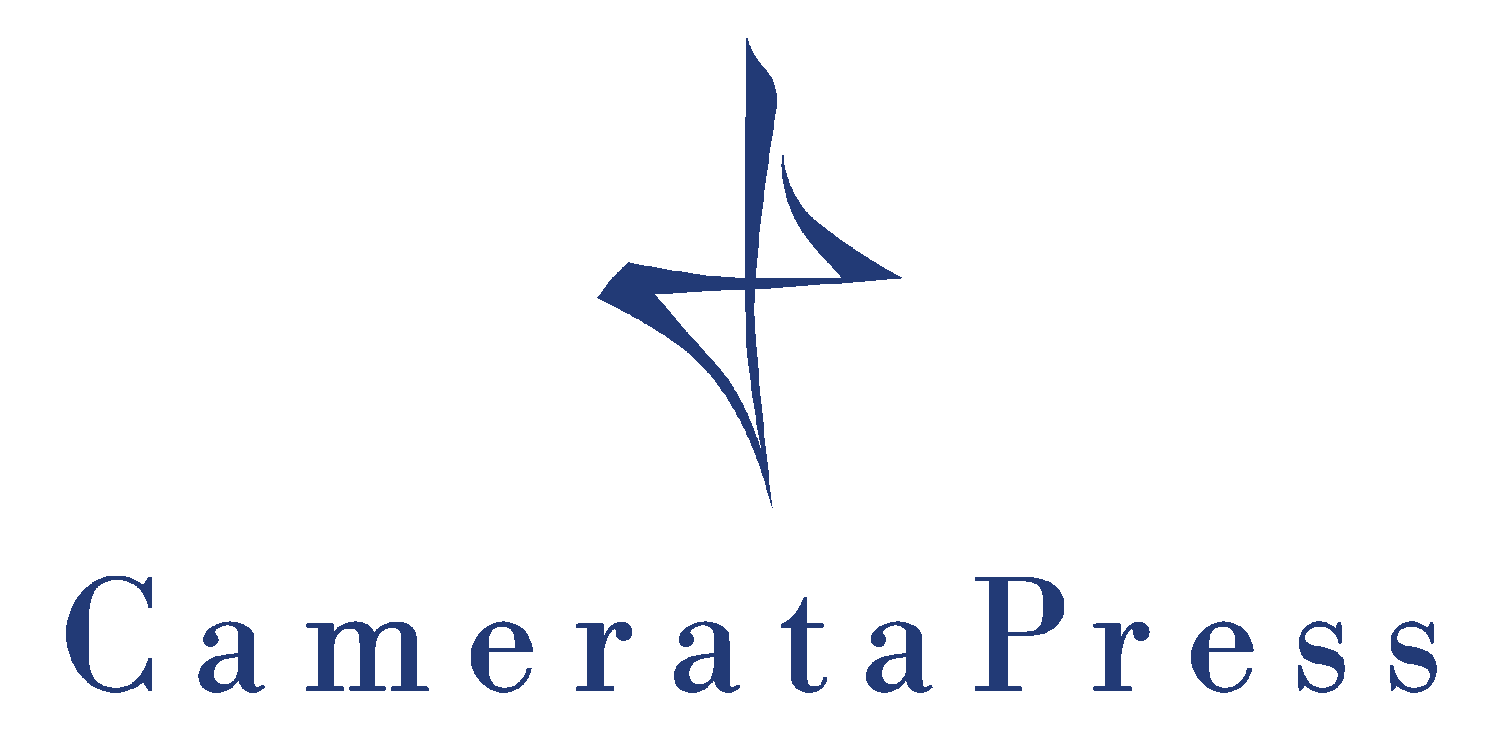For Mixed Voices, Accompanied
For prices or to place an order, please see the contact form.
All People Praise God
Catalog No. 155
This rousing anthem incorporates the tune OLD HUNDREDTH with an original tune ST. JOSEPH and climaxes with an exultant new setting of the Doxology.
keyboard level 4 ♦ voice parts 3.5
In the Garden of the Lord
No. 161
Here original music is set to a poem by Helen Keller. The middle section incorporates the lilting Appalachian hymn “The Lord Into His Garden Comes” and includes a soprano solo accompanied by the choir.
Don't miss the video of the Camerata Press Chorale recording this piece!
keyboard level 3 ♦ voice parts 2.5
The Lord's Prayer
No. 148
David Seitz wrote The Lord's Prayer in a folk style to be sung in a college chapel service accompanied by guitar, bass, and drums. The newest version is for SSATBB and keyboard with optional guitar and bass.
keyboard level 3 ♦ voice parts 3
The music is original and was written for a text by the prominent nineteenth century Scottish hymn writer Horatius Bonar. David said, "I was especially drawn to the metaphors of the arts of music and sculpture he used. As a bridge I added the art of pottery with 'Have Your Own Way, Lord' employed by Adelaide Pollard in her hymn." Please see the unaccompanied version of this piece in For Mixed Voices, A Cappella.
keyboard level 3 ♦ voice parts 2.5
The lovely main theme of Beethoven's “Symphony No. 2, Movement 2” is the primary melody for this setting of a hymn by Isaac Watts. The voice parts and keyboard transitions are adapted from the symphony.
keyboard level 3.5 ♦ voice parts 2
In 1995 I was asked to prepare a group for a summer Sunday at First United Methodist Church of Mishawaka, Indiana. My wife Christine had been the organist there since 1987, and my tenure as director of music began in 1999.
Now to You, Our God was written in ‘95 for that octet. With the usual short rehearsal time and with Christine, one of the best accompanists anywhere, we sang with support from the Austin pipe organ at FUM. The score has a note explaining possible accompanied or a cappella ways to present the piece. I invite you to listen to both versions.
This text ends the Epistle of Jude. It is a doxology, i.e., a short hymn of praise to God that in Christian worship often comes at the end of canticles, psalms, and hymns. Jude's epistle concludes with “Amen.” Likewise, extensive “amens” end this piece, making it suitable as a benediction for the close of worship.
As with other of my pieces, Now to You, Our God has undergone changes over the years, most of them in preparation for posting on the all-new cameratapress.com.
–David A. Seitz, August, 2019
keyboard level 2.5 ♦ accompanied voice parts 3.5 ♦ a cappella 4
O Love, How Deep
No. 176
DEO GRATIAS, a 15th-century English tune, has been set to a text attributed to Thomas à Kempis. This piece on Christ's ministry is particularly useful during Lent.
keyboard level 3 ♦ voice parts 3
Six Songs on Texts of Gellert by Ludwig van Beethoven
(published together and separately)
1. Prayer - No. 188a
2. Neighborly Love - No. 188a
3. On Death - No. 188b
4. God’s Glory in Nature - No. 188c
5. God’s Might and Providence - No. 188c
6. Song of Repentance - No. 188d
These Op. 48 solo songs work well in choral settings. The piano part is original Beethoven. The songs can be sung in German or with the English translation.
Nos. 1 & 2 are published together, No. 3 alone, Nos. 4 & 5 together, and No. 6 alone.
Nos. 1-5: keyboard level 2.5 ♦ voice parts 2.5
No. 6: keyboard level 4 ♦ voice parts 3
Christmas Selections
Gifted composer Pax Ressler wrote this excellent contemporary setting of the classic "Ave Maria" text for the women of St. Joseph Valley Camerata. They are singing it here with Christine Larson Seitz accompanying. Dr. Scott Hochstetler is the group's director.
keyboard difficulty 5 ♦ voice parts 5
Carols from Spain, Italy, and France make up this medley. Each carol ends with "Merry Christmas" in that country's language. There is a solo for mezzo-soprano.
keyboard difficulty 4 ♦ voice parts 4
Star of the East
No. 030
About this piece David recalls, "I found this melody in a John Jacob Niles collection of Appalachian folk songs set to the text 'Brightest and Best' by Reginald Heber. This arrangement emerges from a vocal accompaniment pattern that persists throughout and fades as if into the mists of time."
keyboard difficulty 3 ♦ voice parts 3

